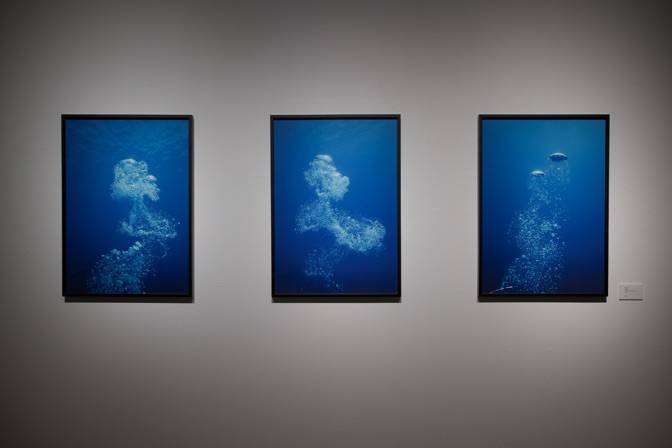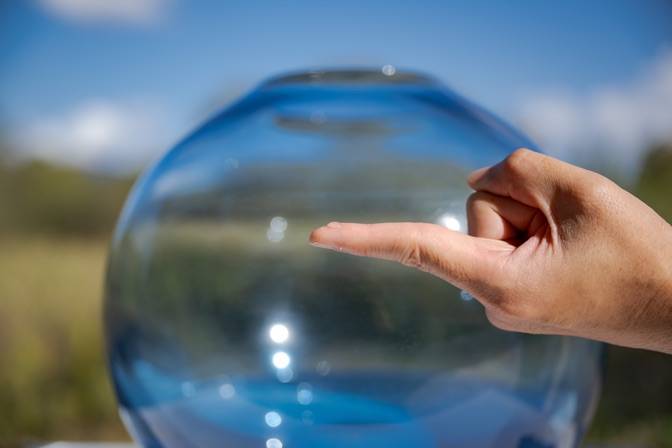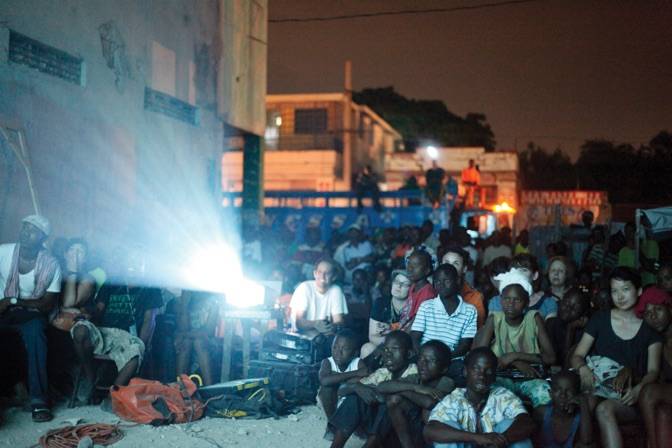Forthcoming
Solo Exhibition
The first solo exhibition in Europe (2025) of work by Kyun-Chome a Japanese artist unit made up of Nabuchi (b. 1984, Mito) and Honma Eri (b. 1987, Yokohama). They emerged as an art unit after the 2011 Great East Japan Earthquake and rose to prominence after winning the 17th Taro Okamoto Art Award in 2014.
They primarily create video installations, conducting mid-to long-term residencies in socially divided regions to highlight what they refer to as the “core reality” of a particular place or issue. Engaging with socio-political issues in Japan and abroad, such as natural and manmade disasters, immigration, national history, and gender identity. According to the artists, their work aims to blur the boundaries between perpetrator and victim, creating new associations between tragedy, comedy, and modern faith.
Kyun-Chome has been attributed as part of a wave of socially conscious young artists in Japan whose activities are not restricted to traditional art spaces such as museums and galleries but rather engage in collaborative, open-ended, dialogical projects that include participatory elements as central to their practice. Many of these artists engage with starkly political themes that emerged in Japan following the 2011 triple disaster.
Curated by Keith Whittle in partnership with ArtLink, Donegal, Ireland
Recent
Talk
In 2023 the Atis Rezistans | Ghetto Biennale exhibition at St Kunigundis Church at documenta fifteen was awarded the Exhibition of the Year award by AICA Germany.
In this recent talk introduced and moderated by Keith Whittle, artist, curator, writer and co-founder of the Ghetto Biennale, Haiti, Leah Gordon gave a talk about the biennale, originally conceived to expose social, racial, class and geographical immobility.
Part of a programme of talks; Lewis Biggs, Founding Director of Liverpool Biennial, Shubigi Rao, Curator of Kochi-Muziris Biennale 2022-23, Fram Kitagawa, General Director of Echigo-Tsumari Art Triennale and Leah Gordon, Co-founder of the Ghetto Biennale exploring Bienalisation and related developments in the art world, such as the emergence of global curatorial discourse, the vanishing boundaries between art and non-art categories, and the rise of contemporary art from non-Western countries such as Africa, Asia, and Latin America, all prompting an explosion of periodic international exhibitions. How the biennial model grew as the world became increasingly interdependent through rapid connections across vast distances that communication networks and information technology enabled, international economic exchanges relying on money markets, banking systems, and stock exchanges further facilitated globalisation.
During the talk, Gordon discussed one of the original strap lines of the first Ghetto Biennale: “What happens when first-world art rubs up against third-world art? Does it bleed?” The line is a transmutation of a quote from a book about the maquiladoras in Juárez, Mexico. The original quote, by Gloria Anzaldúa, states, “The U.S.- Mexican border es una herida abierta (is an open wound) where the Third World grates against the First and bleeds.” (Anzaldúa 1987, 3). She explored what new practices, processes and relationships could emerge from these, often uncomfortable, entanglements.
Curated by Keith Whittle in partnership with ArtLink and hosted by Void Gallery
Project Primar
Selected UK-Japan Exhibition Project’s
From 2006-2019, the primary focus of my activities was to raise further awareness of contemporary art from Japan, post-war art history and its relationship to international art movements.
Through exhibitions, advisory, research, symposia, talks, lectures and publishing, projects created a dialogue between historical work and emerging artistic practices UK-Japan.
A small sample of recently compiled exhibition projects can be found here.




















